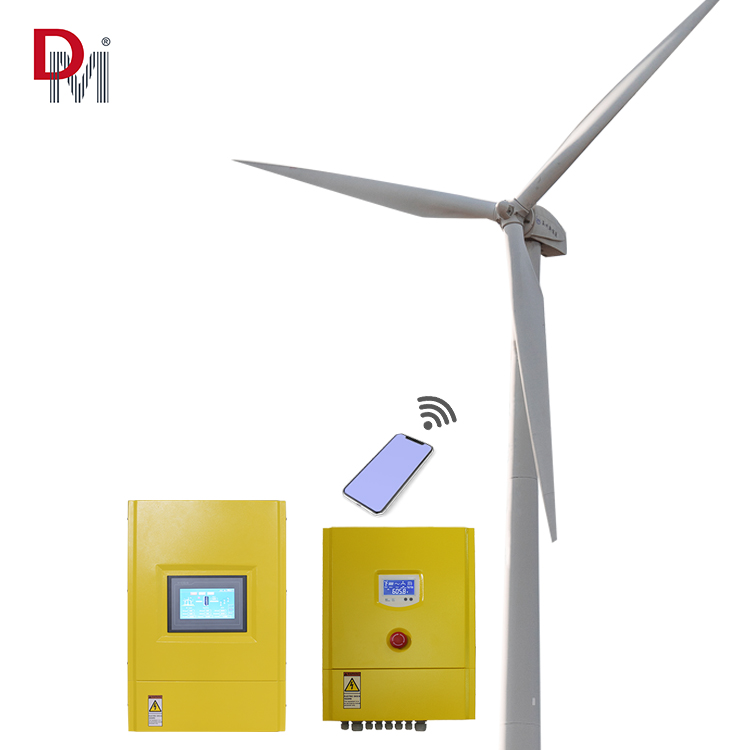The working principle of wind power inverters mainly includes the following steps:
Input circuit: Wind turbines generate alternating current (AC) electrical energy through a generator, which is then input into an inverter through an input circuit.
Rectifiers: The first part of an inverter is the rectifier, which converts the input AC electrical energy into direct current (DC) electrical energy. Rectifiers typically use rectifier bridge circuits to achieve this conversion process.
Filter: After the rectifier, the inverter usually includes a filter to smooth the DC electrical energy and reduce voltage and current fluctuations.
Inverter: The filtered DC electrical energy enters the inverter, which is responsible for converting DC electrical energy into AC electrical energy. Inverters use high-frequency switching devices (such as transistors or power MOSFETs) to control the flow of electrical energy and generate the required output AC voltage and frequency as needed.
Control system: The inverter also includes a control system for monitoring and regulating the operating status of the inverter.
Output circuit: The output circuit of the inverter transfers the AC power generated by the inverter to the power grid or power supply equipment for power supply.


